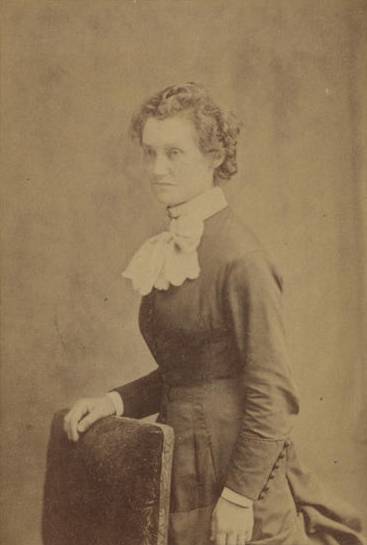Alice Vickery
The first woman to qualify as a Chemist and Druggist

When she passed the Society’s Minor exam on 18 June 1873 Alice Vickery was the first woman to qualify as a Chemist and Druggist. She was born in Devon in 1844 but had moved to London by 1861, where she began her medical career in 1869 at the Ladies' Medical College.
She trained as a midwife, qualifying in 1873, and while at the college met Charles Drysdale, her companion and co-worker. Both objected to the institution of marriage, an unusual stance at the time.
Since no British medical schools admitted women, Alice went to France in 1873 to study medicine at the University of Paris, returning to London in 1877 to complete her training at the London Medical School for Women.
Alice spent her life supporting the rights of women. She gave frequent lectures promoting birth control as an essential element for the emancipation of women. She joined the National Society for Women's Suffrage, later moving on to the more militant Women's Social and Political Union, and then the non-violent Women's Freedom League.
Alice continued to support the rights of women, even after she had retired from practicing medicine. In 1923 she moved to Brighton to be near her elder son, becoming an active president of the Women's Freedom League local branch, and addressed a meeting only days before her death, from pneumonia, on 12 January 1929.